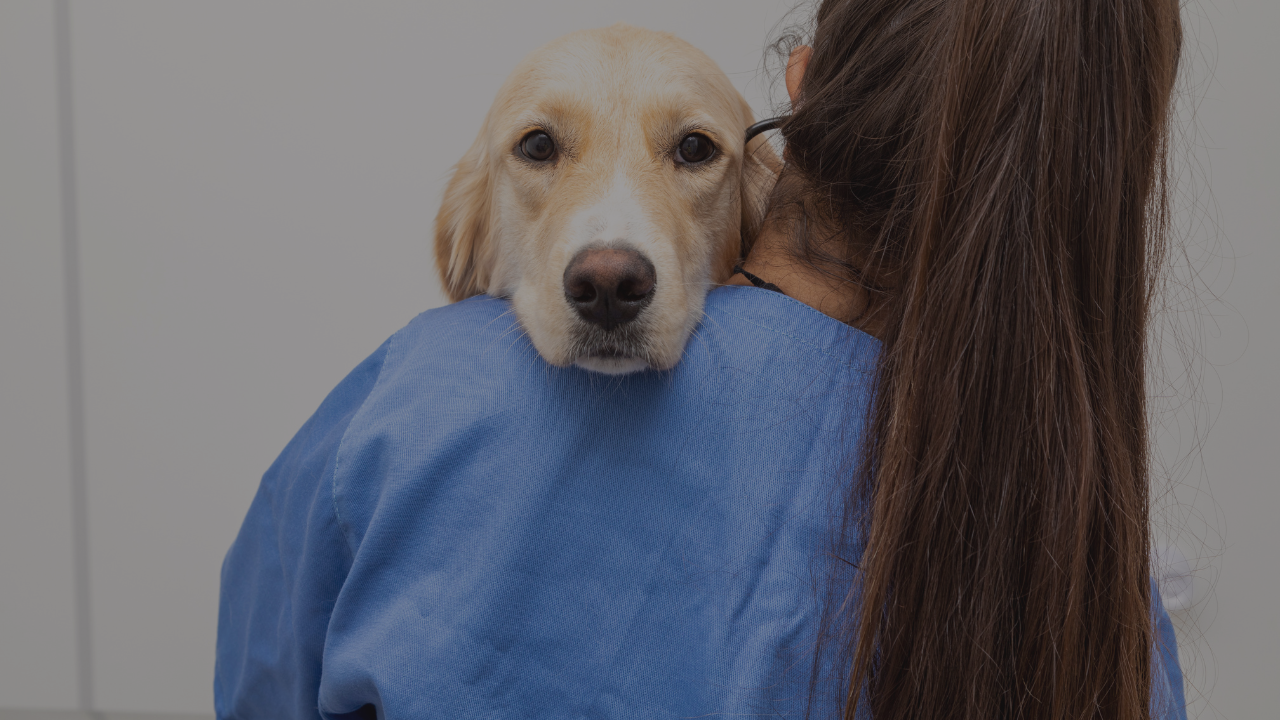When it comes to spaying your female dog, advancements in veterinary medicine have made the process safer, less painful, and with improved recovery times. One such advancement is laparoscopic spaying, often referred to as keyhole spaying. If you’re exploring the best surgical options for your pet, this minimally invasive technique is worth considering, and one we proudly now offer at Tamar Vets!
What is spaying?
Spaying is essentially neutering for female pets (castration for males). It is the surgical removal of a female animal’s ovaries and uterus, also known as an ovariohysterectomy, to prevent them from being able to reproduce, have a heat cycle and reduce (or in some cases eliminate) the risk of certain diseases. The veterinary surgeon makes a long incision down your pet’s abdomen to remove the ovaries and uterus. It can be relatively invasive, requiring pain relief and a longer period (up to 2 weeks) of restricted activity for recovery.
What is laparoscopic spaying?
Laparoscopic spaying (lapspay) is a minimally invasive option, which removes the ovaries only (ovariectomy) using a camera and specialised instruments, to achieve the same outcome (i.e. keyhole surgery). However, unlike traditional spaying, only 2 or 3 small incisions are made (only about 0.3-1cm in length, depending on the size of the patient). One incision is for the camera, which displays a magnified view on a monitor, allowing a clear picture for the surgeon. The second incision is for instruments which are used to remove the ovaries.
Spayed females will not have seasons, cannot become pregnant, and will not develop false pregnancies. Spayed animals cannot develop life-threatening uterine infections (pyometra) or ovarian tumours. In addition, spaying a female dog before her third season has been proven to reduce the risk of developing mammary cancers later in life.
How it works:
- Your dog is placed under general anaesthesia.
- A tiny camera (laparoscope) is inserted through one of the incisions, providing the surgeon with a magnified view of the internal organs on a monitor.
- Through the other incisions, instruments are inserted to carefully remove the ovaries.
- The small incisions are closed with a few sutures or, most commonly, surgical glue.
The procedure typically takes less time than a traditional spay and results in less tissue trauma.
Benefits of Laparoscopic Spaying
1. Less pain
Dogs undergoing laparoscopic spaying experience significantly less post-operative pain compared to those undergoing traditional open surgery.
2. Faster Recovery
With less tissue damage, dogs generally recover more quickly and are back to their normal activities in just a few days, compared to a week or more for traditional spays. This is particularly important for working or high-energy breeds, such a border collies.
3. Smaller Incisions = Lower Infection Risk
Smaller incisions mean less exposure to contaminants, reducing the risk of infection or wound complications.
4. Better Visualisation for the Surgeon
The camera offers a magnified, high-definition view, allowing for more precise surgery and less accidental trauma to surrounding organs. This means fewer post-operative complications.
5. Reduced Risk of Bleeding
Advanced energy devices seal the blood vessels, minimising the risk of internal bleeding.
6. No need for a buster collar!
Surgeons usually don’t use stitches to close the wound, which means pets don’t need a buster collar—and we all know how much they dislike wearing those!
Is it right for my dog?
Laparoscopic spaying is an excellent choice for most healthy female dogs over 6 months old. It’s particularly beneficial for:
- Large breed dogs (who typically have more tissue trauma from open surgery)
- Active dogs who may struggle with post-op rest
- Owners looking for a gentler, more modern surgical option
So, if you are considering spaying your dog, our team will happily discuss whether your pet is a candidate for lap spaying and talk you through the procedure in detail. Choosing the right spay method is an important decision—one that impacts your pet’s comfort, safety, and recovery. With laparoscopic spaying, you can feel confident you’re opting for a gentle and effective alternative that prioritises your dog’s well-being.


